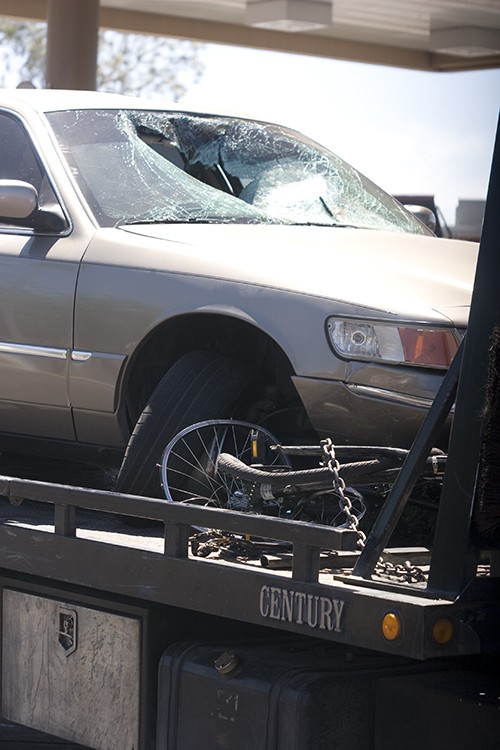Imagine, instead of a flashing light on the top of an intersection, a radio-operated system that could cut off music inside a private car and give a message that emergency vehicles are in an intersection.
This system could be in cars by 2013.
Larry Head, department head of systems and industrial engineering, is spearheading research to make intersections safer for emergency responders and public transit more efficient. He’s working to make it a requirement for all passenger cars, pending approval from a committee in the National Highway Traffic Safety Administration.
“”It’s like seatbelts (the technology) and the savings benefit from reducing crashes and saving lives,”” Head said.
U.S. Transportation Secretary Ray LaHood announced Friday that the number and rate of traffic fatalities in 2010 fell to the lowest levels since 1949. Arizona had the second highest drop in fatalities in the nation, 11 percent, and Head is hoping their 5.9-gigahertz technology, which operates like wireless Internet between intersection receptors and car radios, could make that decrease even larger.
“”Last year’s drop in traffic fatalities is welcome news, and it proves that we can make a difference,”” LaHood said in a news release.
Head’s team has been capitalizing on the National Highway Traffic Safety Administration’s development and use of technologies to prevent crashes, such as electronic stability control, forward collision warning and lane departure warning systems.
After testing the system at the intersection of Speedway Boulevard and Mountain Avenue, the team partnered with Maricopa County to replicate the system formulated in the Living Transportation Technology Lab. In a two-decade partnership with the city of Tucson, UA researchers have been studying traffic, from the evolution of traffic patterns to this new research.
“”What’s new about what we do is that the intersection knows about multiple vehicles, but for a car, there’s no feedback from the intersection,”” Head said. “”Operators of fire trucks and ambulances are trained to enter an intersection safely, and that slows them down. They are always going to have to watch out for the driver that’s not paying attention, but we’re making it safer for fire truck to fire truck.””
On average, emergency vehicles respond to more than 30 million calls annually, but their crash fatality rate is 10 times higher than those of other high-risk road vehicles like heavy trucks. Nearly 13 percent of first responder deaths are actually attributed to traffic events over other dangerous situations, according to a report by the Transportation Safety Advancement Group.
If the newest test area, an operation in the Phoenix area, runs successfully, then “”it’s time for technology transfer,”” according to Head.
The technology will be adapted to freeway on and off ramps and school and city buses.
“”And then it’s on to the next problem,”” Head said.









